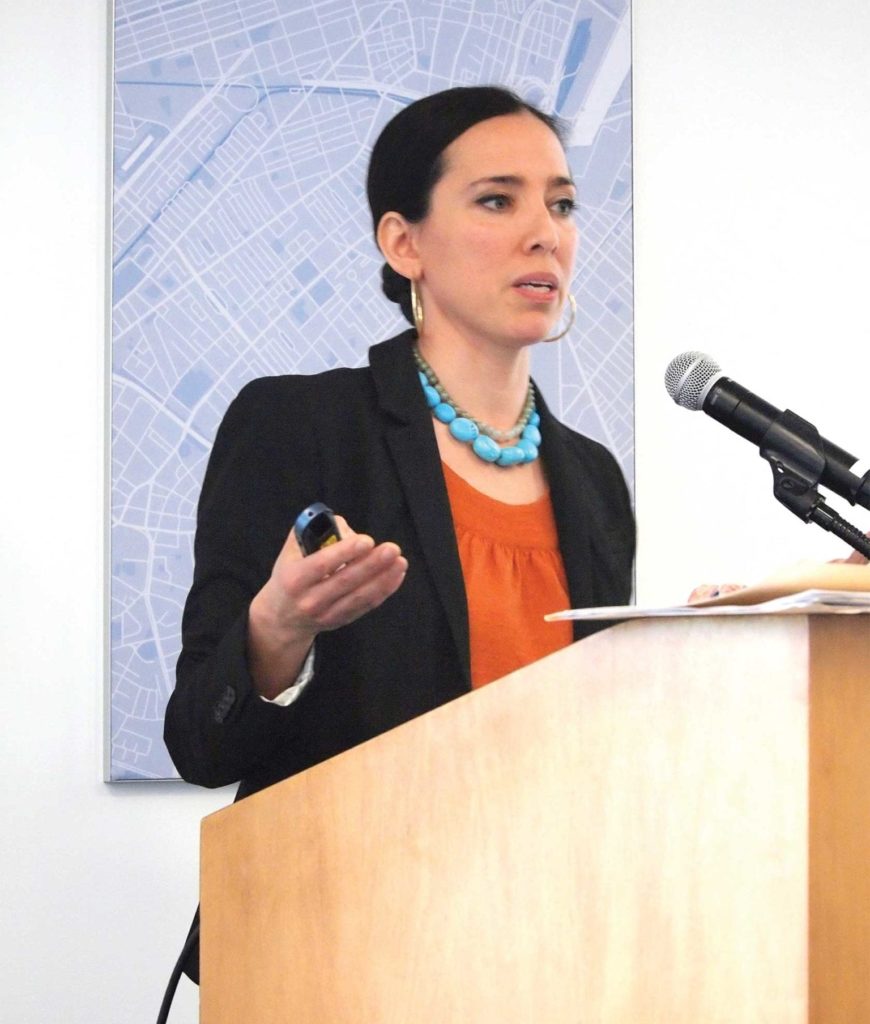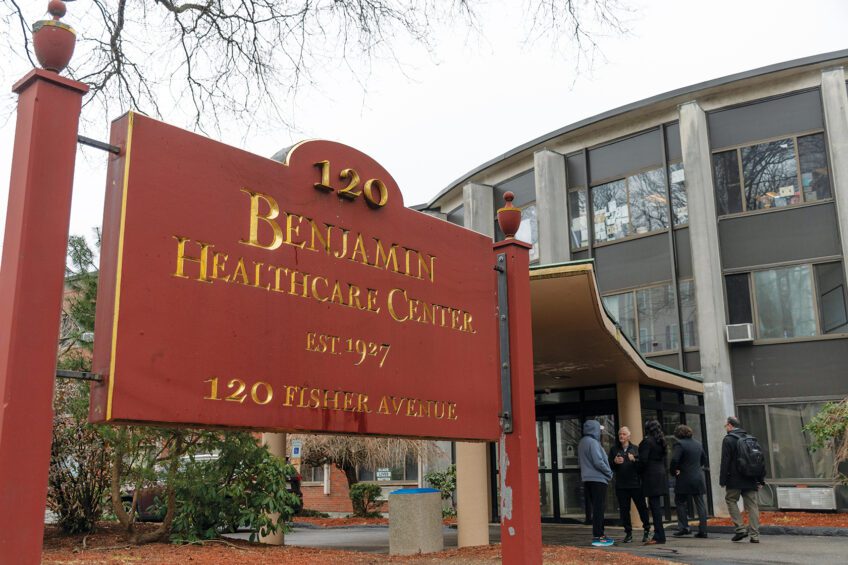
Senator Sonia Chang-Diaz is advancing legislation that would reinvest savings stemming from criminal justice reforms back into communities. Her Act to Reinvest Justice and Opportunity in Communities Affected by Incarceration was taken up as an amendment in the State Senate budget, passed May 28.
The act creates a formula for calculating how much money should be reinvested and is a follow-up to a related bill she passed last fiscal year that established a community fund of $15 million.
“We already have the first half of the idea of spending the money on community uplift and we actually already got that in the budget last fall,” Chang-Diaz told the Banner. “This [act] is the ‘where the money comes from’ side of the equation.”
In the Senate’s budget executive summary, part of a section on “Justice Reinvestment and Recidivism Reduction,” they outline a plan to reinvest $9 million in unused savings and add extra funds for community investment.
If these provisions make it into the state’s final budget, $15 million, including $7.5 million in unexpended money carried over from Fiscal Year 2021, will go into a Community Empowerment and Reinvestment grant program targeted at families heavily impacted by the justice system.
Another $11.1 million, including $1.5 million in unexpended money from FY 2021, will go to a grant program providing community-based services for the formerly incarcerated.
Massachusetts is currently seeing lower rates of incarceration, and subsequent savings, that Chang-Diaz says should be going back into the community.
“We did something really important in 2018. We passed the criminal justice reform bill. In its intended purpose, our populations in our jails are going down. And yet we haven’t seen any of that money given back … to the communities that have been over-incarcerated,” the senator said.
Massachusetts correctional facilities have seen a significant decline in population. However, in MassINC’s “Getting Tough on Spending” report released in 2017, the nonpartisan research organization found that spending on prisons and jails continues to rise.
According to the findings, “Between FY 2011 and FY 2016, correctional spending grew faster than many other components of the Massachusetts state budget,” while the average daily population of prisons dropped 12%.
Ben Forman, MassINC’s research director, says there are huge opportunities to use the money made by i
“We’ve got to have the will,” Forman told the Banner. “And that begins with being honest about what our expenses are, and where there’s money that can be freed up to go to better things.”
In his experience following this issue, Forman said Chang-Diaz has always intended to provide a formula that can regularly redistribute money from prisons back into the community.
Chang-Diaz’ push hinges on the idea that public safety cannot be enforced solely through punishment; that addressing the root causes of crime can prevent it.
“People who have had true access to gainful employment, pathways for education … are much less likely to be involved in crime, to fall prey to addiction vulnerability, are less likely to suffer from housing instability and food instability,” Chang-Diaz said.
The original bill, before it was assigned to the Senate budget, designated whom specifically the grants should benefit, including people who fit two or more of these characteristics: Being younger than 25, over 18 and not obtaining high school diploma, being convicted of a felony, living in a low-income neighborhood and similar qualifications.
Community organizations that help people in these categories, Chang-Diaz says, have a history of creating employment opportunities for young people through drop-out prevention and engagement, pre-apprentice and training programs, and small-business development.
Stakeholders on this issue, including sheriffs, researchers and lawmakers, are meeting regularly to look into the issue of spending on correctional facilities.
Forman is a member of the Correctional Funding Commission, created in FY 2020 to make recommendations on how to appropriately fund the Massachusetts Department of Correction and each sheriff’s department.
Forman said that at the next meeting in June there is likely to be an in-depth discussion on redistributing funds.
“Sheriff’s don’t want to lose their money,” he said. At the last meeting, on April 30, Forman said, sheriffs who attended detailed additional costs due to criminal justice reform.
“[It’s] mind-boggling that they can say, ‘This whole law has cost us a ton of money but it hasn’t saved us anything,’ when your population’s been cut in half,” Forman said of the sheriffs.
At that meeting, commissioners presented the cost of implementing Chapter 69, the criminal justice reforms passed in 2018.
Though the amount of money hasn’t been analyzed by the commission yet, the totals are there: The implementation cost Suffolk County Jail and Suffolk County House of Correction each over $1.5 million, and over $92 million for the entire state (including projected costs for 2021).
The conversations in the commission’s two June meetings will likely include discussion on the true cost of criminal justice reform, and just how much correctional facilities are saving.
The next step in the state’s budget process is a conference committee, which normally convenes in June, where members of the House and Senate will decide if these reinvestment grant programs make it to the governor’s desk.






